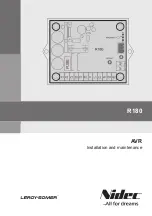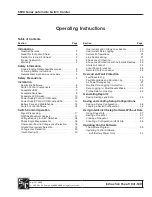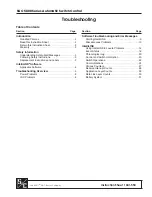
Understanding RAID Concepts and Levels
www.3ware.com
11
Figure 4. RAID 10 Configuration Example
RAID 50
This array is a combination of RAID 5 with RAID 0. This array type provides
fault tolerance and high performance. Requires a minimum of six drives.
Several combinations are available with RAID 50. For example, on a 12-port
controller, you can have a grouping of 3, 4, or 6 drives. A grouping of 3 means
that the RAID 5 arrays used have 3 disks each; four of these 3-drive RAID 5
arrays are striped together to form the 12-drive RAID 50 array.
Single Disk
A single drive that has been configured as a unit through 3ware software. Like
disks in other RAID configurations, single disks contain 3ware Disk Control
Block (DCB) information and are seen by the OS as available units.
JBOD
A JBOD is an unconfigured disk attached to your 3ware RAID controller.
JBOD configuration is no longer supported in the 3ware 9000 series. 3ware
recommends that you use Single Disk as a replacement for JBOD, to take
advantage of advanced features such as caching. If you are migrating JBODS
from a 7000/8000 controller, you can enable support for them. For more
information, contact Technical Support
Hot Spare
A single configured drive, available so that a redundant array can be rebuilt in
case of drive failure.
For additional information about RAID levels, see the article “RAID Primer”
on the 3ware website, at: http://www.3ware.com/products/pdf/
RAID_Primer.pdf.
Determining What RAID Level to Use
Select the RAID configuration to use based on the applications to be used on
the system, whether performance or data protection is of primary importance,
and the number of disk drives available for use.
















































